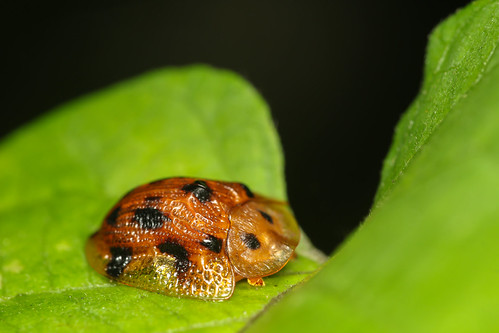In this week’s post, I will be exploring the roles that
flagship species can play in conservation. These are well-known, charismatic
species that appeals to the public to promotes conservation efforts and for
funds (Heywood, 1995). Examples would include elephants, gorillas and
the giant panda. Frequently, these species are also umbrella species as conservation
of these animals would also help in the conservation of lesser-known
surrounding species. The reason I chose this topic is because eco-tourism is
currently one of the fastest growing areas of the tourism industry. And what
better way to encourage tourists than by attracting them with chances to meet
these flag-ship species. Photography, being a major part of eco-tourism would inadvertently
be more focused on these flagship species.
The main role of a flagship species is to be able to reach
out to the public by acting as an ambassador. Most of the attention has been
focused on large, “cute”, terrestrial megafauna. One prominent example would be
the WWF’s logo which has a giant panda. By doing so, it appeals to the public
to support the conservation efforts and for funding. For instance, the River Safari
just had its Panda Party for Kai Kai and Jia Jia’s first anniversary in
Singapore. While the use of such flagship species would undoubtedly increase
donations, it does not benefit all species equally resulting in lower levels of
concern in other ecosystems. For example, McClenachan et al. (2012) found that
many of the charismatic marine fishes and invertebrates analysed were
threatened by overexploitation. However, little conservation research has been
done on them.
Meanwhile, large amounts of money, research and time goes
into protecting the popular flagship species such as pandas. The giant panda
has become a symbol for China and was even used as the mascot for the Beijing
Olympics. Pandas are also occasionally used as diplomatic gifts between China
and other countries, a practice termed “panda diplomacy”. For zoos, pandas are rented
from China for a price. The Edinburgh zoo pays about US$1 million to rent a
pair of pandas from the Chinese government (Vidal, 2014).
Additional money would have to be spent to support the pandas for its upkeep
and enclosure. While the large large sum does contribute to conservation
efforts back in China, I would argue that it can be better spent on perhaps
lesser known but threatened species. Furthermore, the new countries hosting the
pandas might not be optimal for their health if the keepers lack experience. The
use of panda as gifts also runs the risk of commoditising them. Outside of zoos,
preliminary findings by Caro et al. (2004) found that the use of flagship
species to demarcate the boundaries of protected areas did not help to increase
biodiversity in those areas. Hence, the use of a flagship species might not
help in conserving other wildlife.
On the outreach aspect, while flagship species do have a role, I feel that organisations should try
to educate the public of the dangers to the whole ecosystem instead of focusing
on only one or two species. This would help the public to gain a deeper
understanding of how the whole ecosystem functions. After all, the ecosystem
would not work if there are only flagship species left.
Any thoughts on the issue? I’d love to hear it. J
References:
Caro, T., Engilis,
A., Fitzherbert, E., & Gardner, T. (2004). Preliminary assessment of the
flagship species concept at a small scale. Animal
Conservation, 7(1), 63-70. doi: 10.1017/S136794300300115X
Heywood, V. H. (1995). Global
biodiversity assessment: Cambridge University Press.
McClenachan, L., Cooper, A. B., Carpenter, K. E., & Dulvy, N. K.
(2012). Extinction risk and bottlenecks in the conservation of charismatic
marine species. Conservation Letters, 5(1),
73-80.
Vidal, J. (2014). Zoos weigh up the costs of China's 'pandanomics'. The Guardian. Retrieved from http://www.theguardian.com/world/2014/sep/13/edinburgh-zoo-pandas-tian-tian-china-pandanomics-birth-cub








